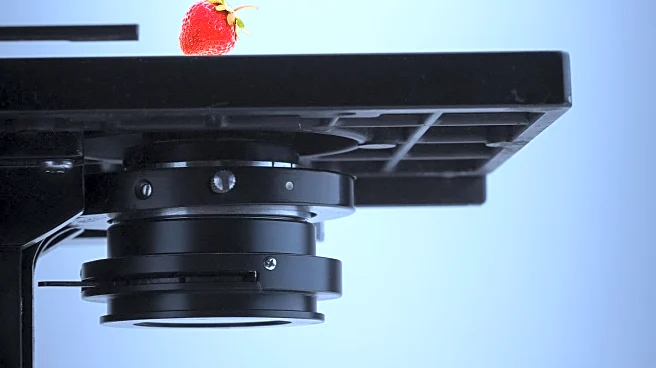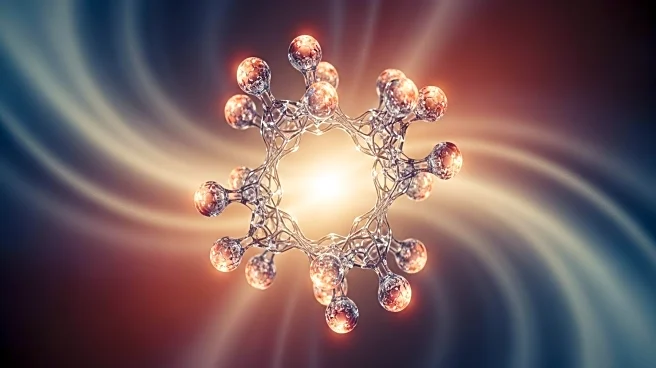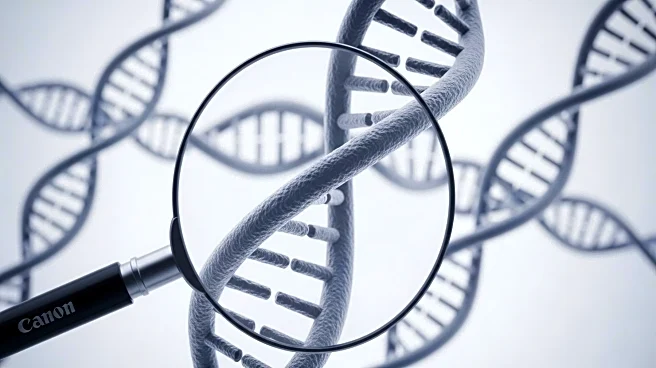What's Happening?
A recent study has employed Principal Component Analysis (PCA) to redefine tumor spheroids heterogeneity through biophysical characterization. The research focuses on scaffold-free 3D tumor models, analyzing mass density, weight, and diameter to evaluate inter- and intra-sample variability. The study compared spheroids from nine different cell lines, identifying distinct subpopulations through PCA and Hierarchical Cluster Analysis (HCA). The approach aims to distinguish intrinsic biological diversity from variability caused by external factors, providing a robust method for assessing tumor spheroids.
Why It's Important?
This study is important for cancer research and drug development, as it offers a novel method for characterizing tumor spheroids. By using PCA and HCA, researchers can better understand the biophysical variability of tumor models, which is crucial for evaluating drug penetration and efficacy. The ability to distinguish between biological diversity and external variability enhances the reliability of in vitro studies, potentially leading to more accurate predictions of drug behavior in vivo. This research could improve the development of cancer treatments and contribute to personalized medicine approaches.
What's Next?
The study suggests further exploration of the biophysical characterization method to assess reproducibility across multiple batches and operators. Future research may focus on refining the experimental protocol to enhance the accuracy of spheroid analysis. The approach could be integrated into daily workflows for cancer research, providing a standardized method for evaluating tumor spheroids. This could lead to advancements in understanding tumor biology and improving drug testing methodologies.











